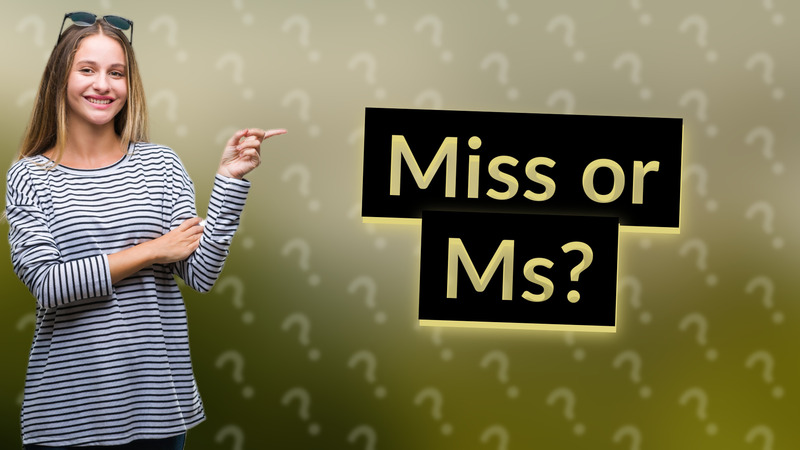
Learn the difference between Miss and Ms, and when to use each title, especially before marriage.
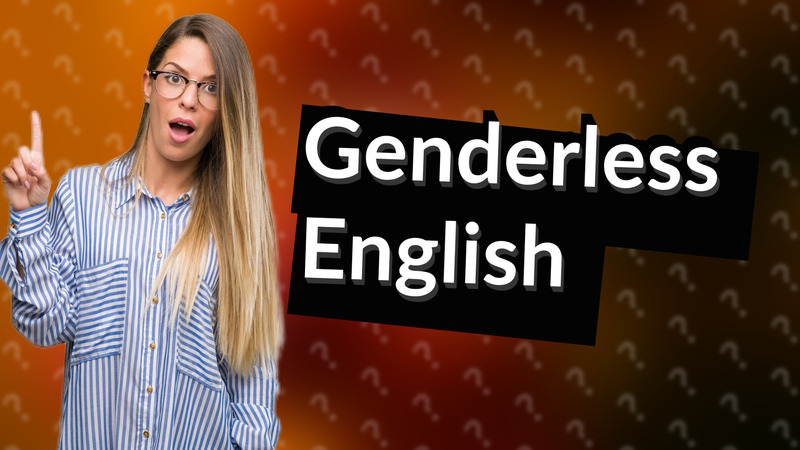
Explore why English lacks grammatical gender, making it more inclusive and neutral compared to gendered languages.
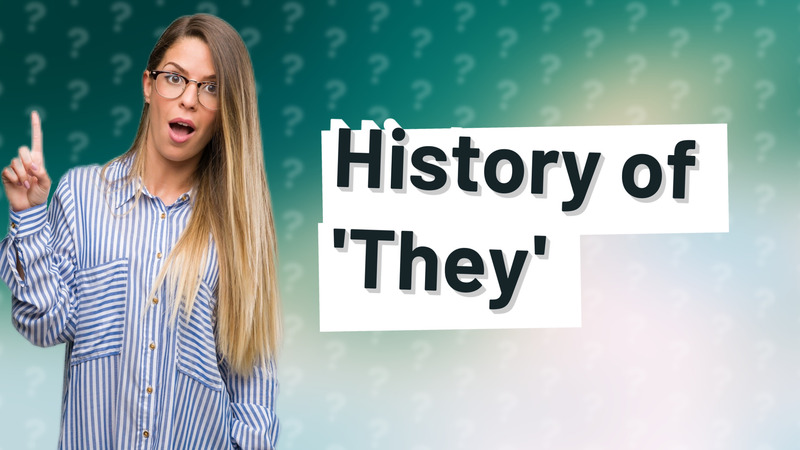
Discover the origins of the singular 'they' pronoun, first noted in 1375, and its role in modern gender-neutral language.
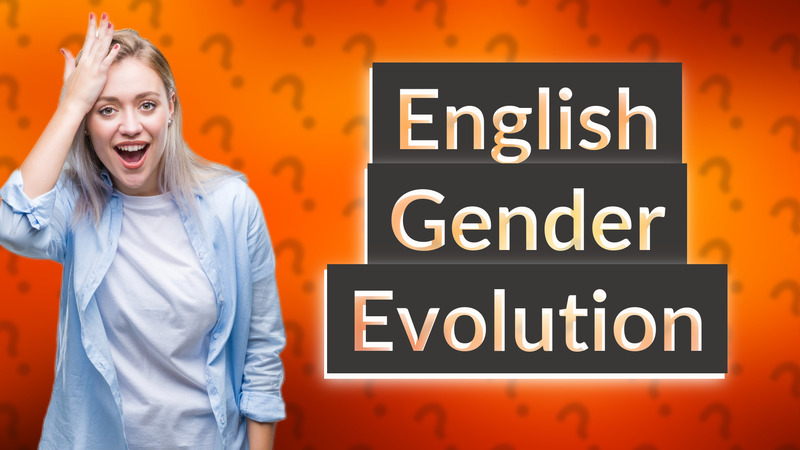
Discover when English lost grammatical gender and how the language evolved over the centuries.

Explore how Tagalog employs gendered terms in familial and professional contexts, while maintaining gender neutrality in personal pronouns.
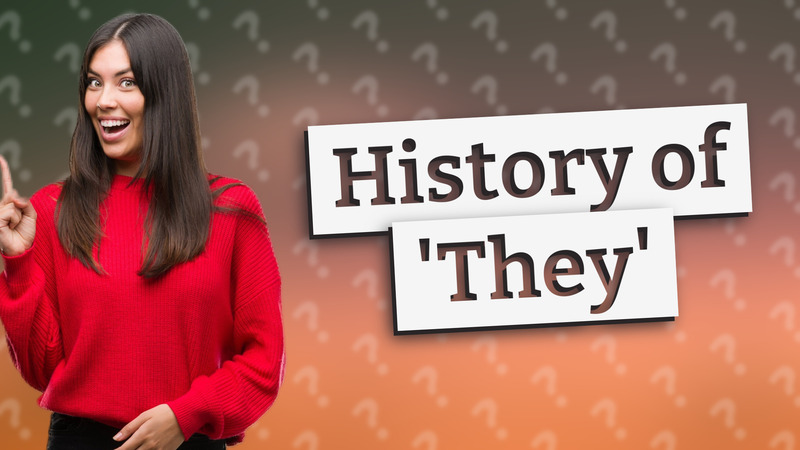
Discover the history of 'they' as a singular pronoun used since the 14th century and its relevance today.
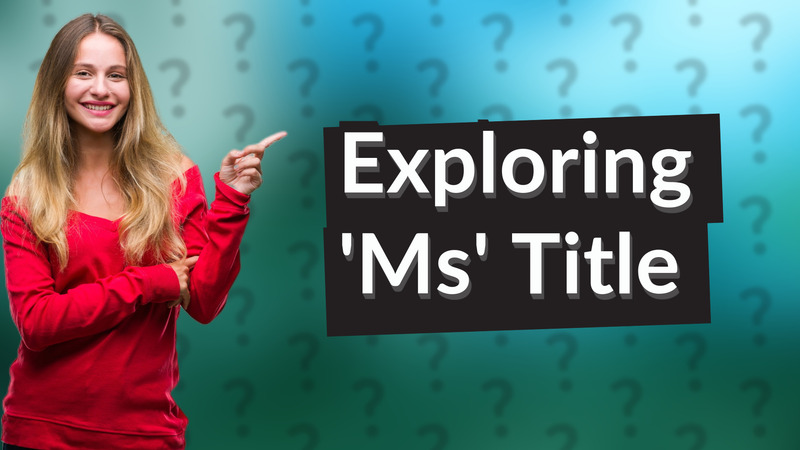
Learn about the title 'Ms' and its role in addressing women respectfully, regardless of marital status.
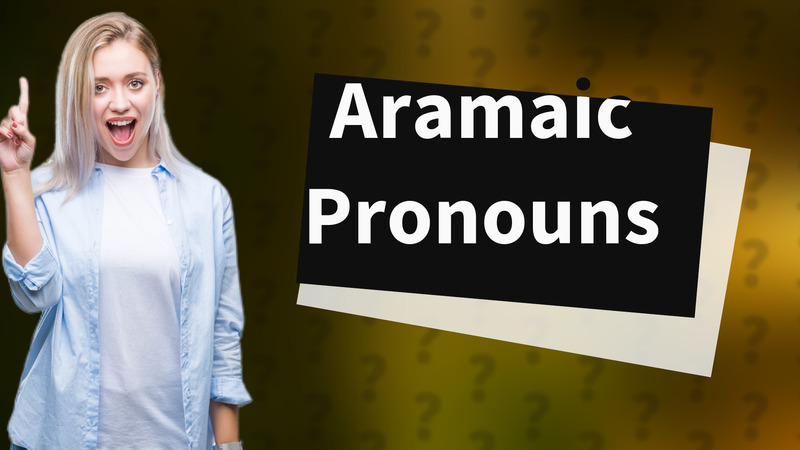
Discover how Aramaic uses gendered pronouns and their significance in this ancient language.
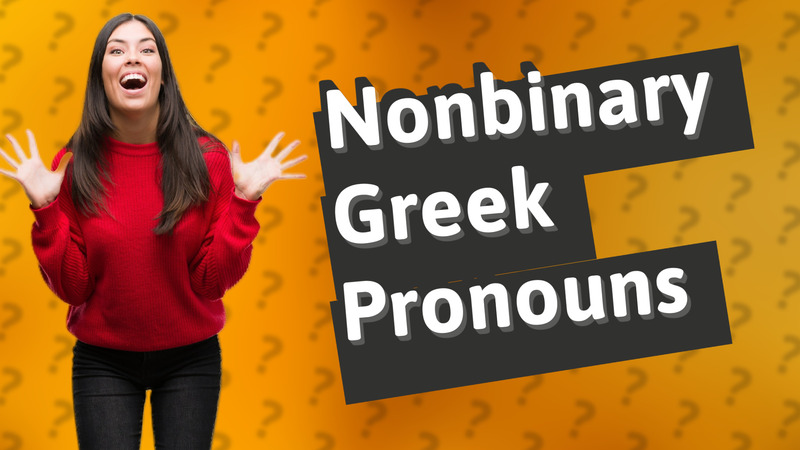
Explore the evolution of nonbinary Greek pronouns and their role in inclusivity within the language.

Learn about the longest word in English pronouns: 'themselves.' A unique reflexive pronoun explained.
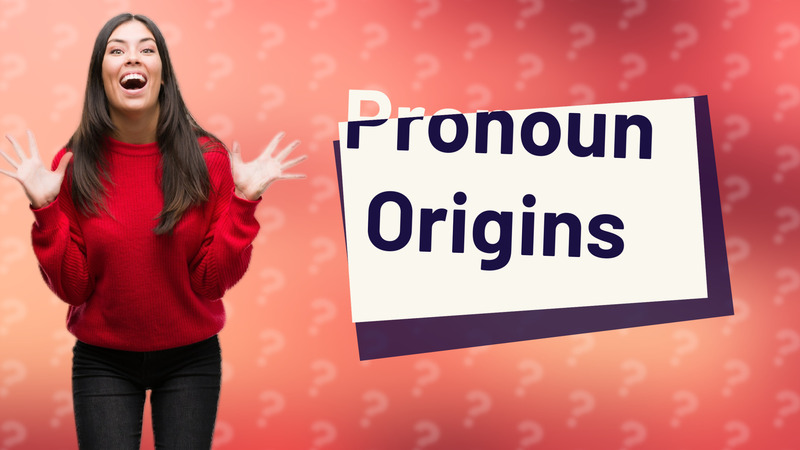
Explore the origins of the word 'pronoun' and its linguistic roots in this concise Q&A video.
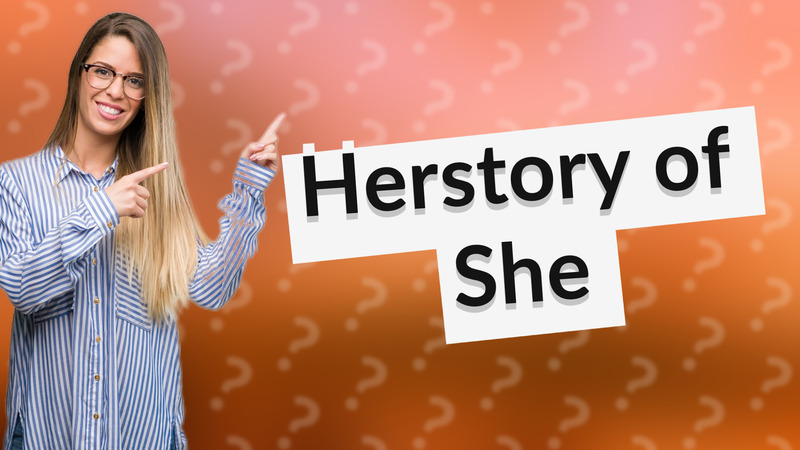
Discover the fascinating history of the pronoun 'she' and its evolution from Old English to modern usage.
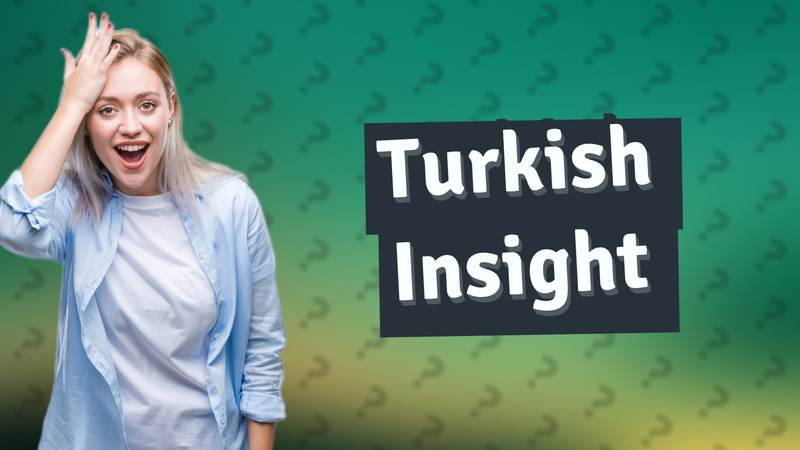
Discover why Turkish is a non-gendered language and how it simplifies communication.
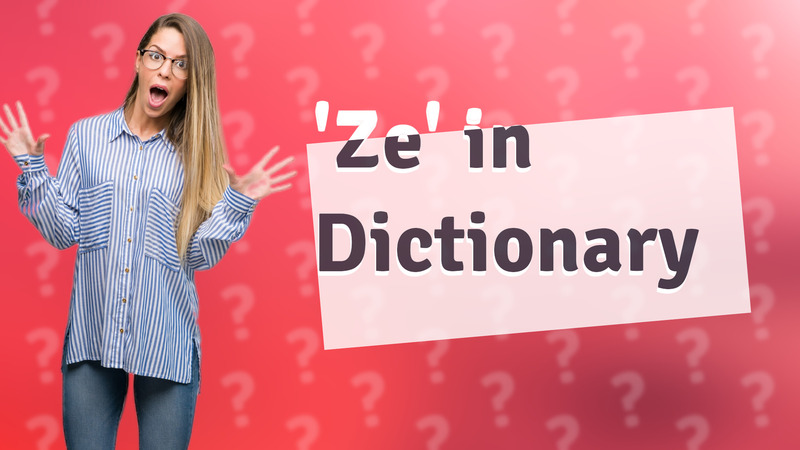
Discover if 'ze' is acknowledged as a gender-neutral pronoun in the Oxford English Dictionary.

Explore the three grammatical genders in Old English and their impact on language structure.
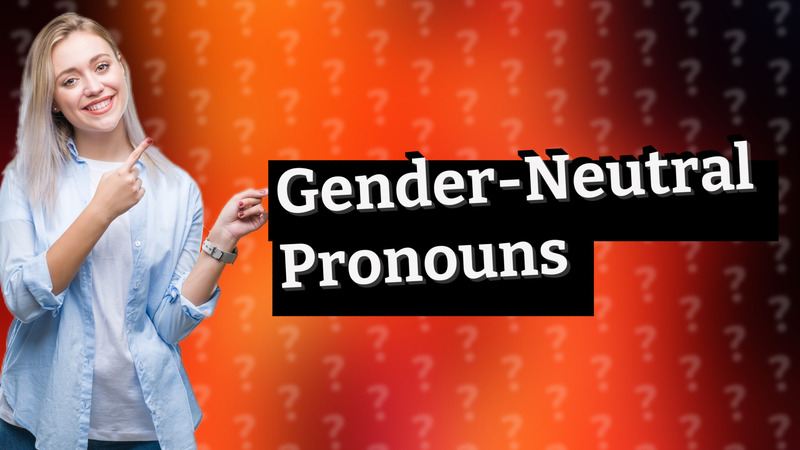
Discover the meaning of 'zie', a gender-neutral pronoun promoting inclusive language.
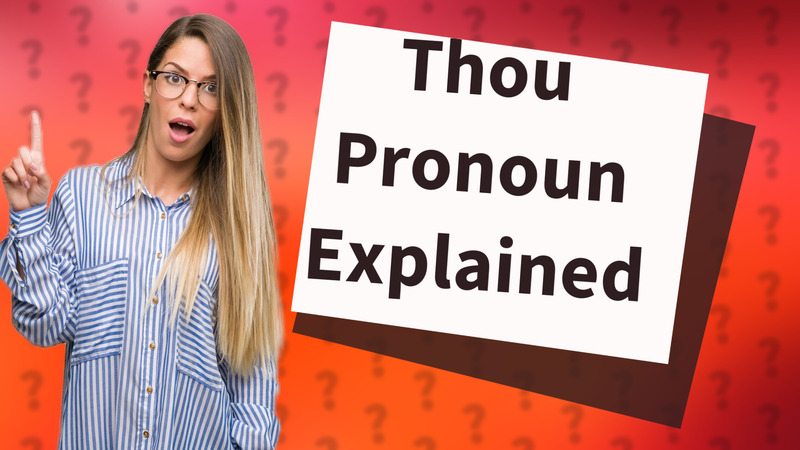
Discover the meaning and historical significance of the pronoun 'thou' in English language and literature.
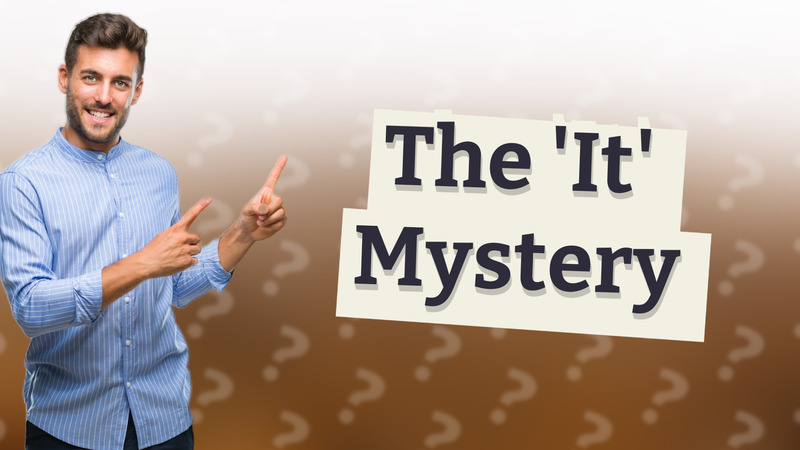
Explore the origins and evolution of the pronoun 'it' in English, tracing back to Old English and its usage today.
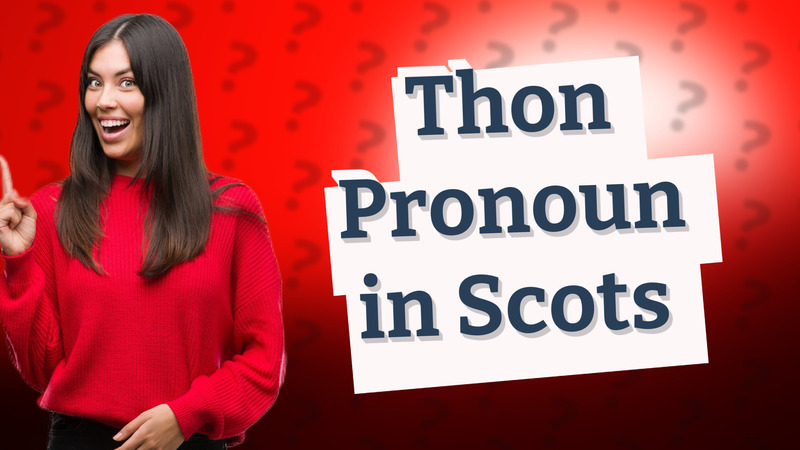
Learn about the thon pronoun in Scots, a gender-neutral term promoting inclusivity in language.
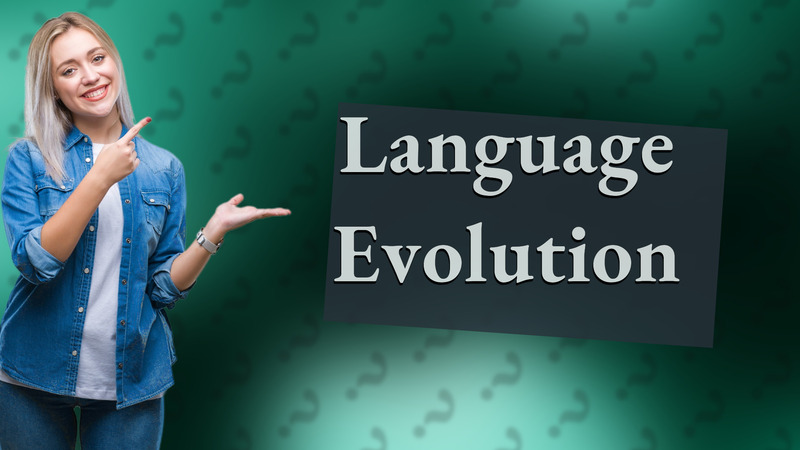
Explore the evolution of the English language and its shift from gendered to gender-neutral forms post-Middle English period.

Explore Mx, the gender-neutral title for inclusivity in addressing individuals. Learn about its significance in modern identity.
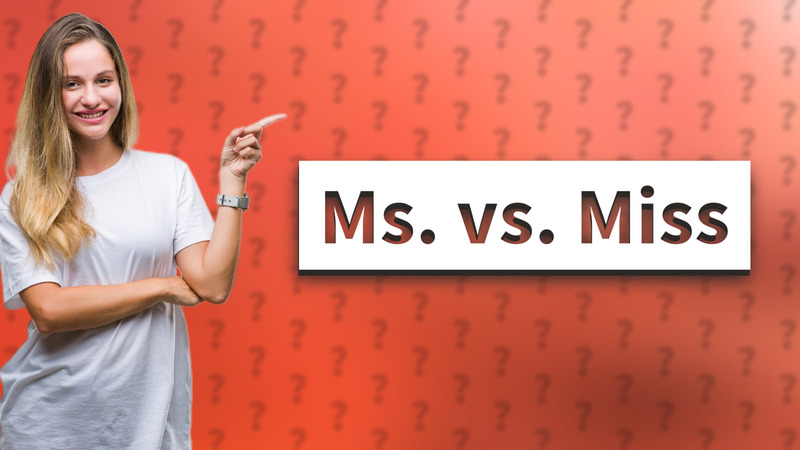
Learn why 'Ms' is a preferred honorific over 'Miss' for women of all marital statuses.
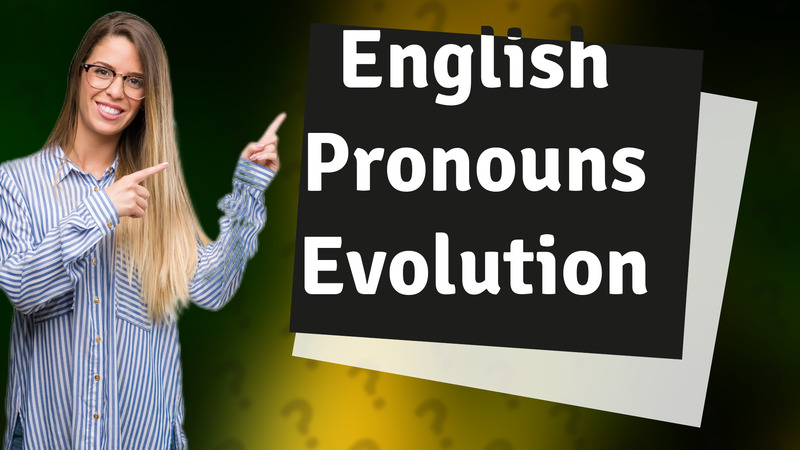
Discover the origins and evolution of English pronouns, tracing their history back to Old English around the 5th century.
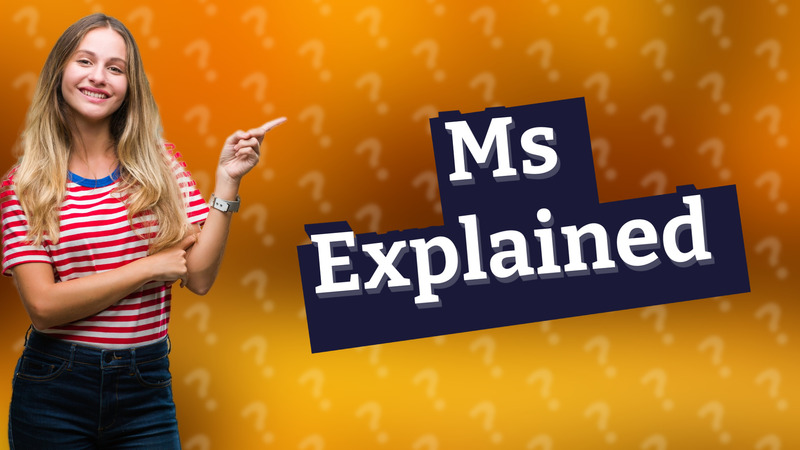
Learn about the meaning of 'Ms' and how it serves as a neutral title for women, regardless of their marital status.

Discover 50 essential pronouns in English and how they simplify communication.
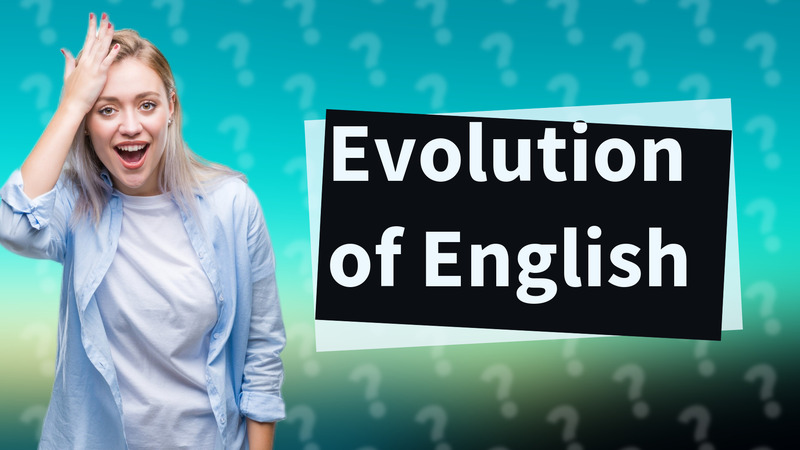
Explore how English evolved into a gender-neutral language, focusing on its unique grammatical features and natural gender system.
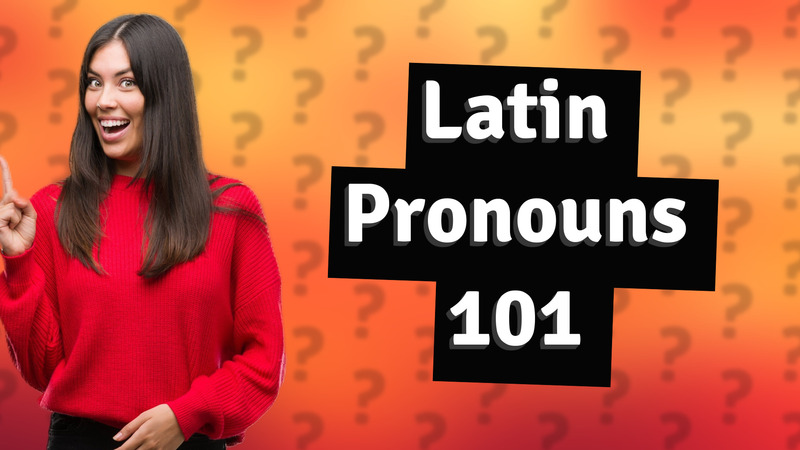
Discover how Latin used pronouns and why they're crucial for sentence construction.
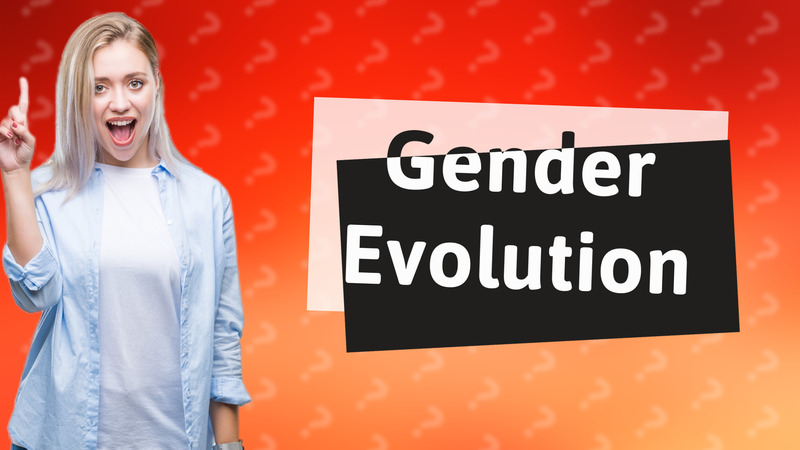
Discover when English eliminated gendered nouns and understand the evolution of language from Old to Middle English.

Discover the first-person pronouns and their significance in Old English grammar and texts.
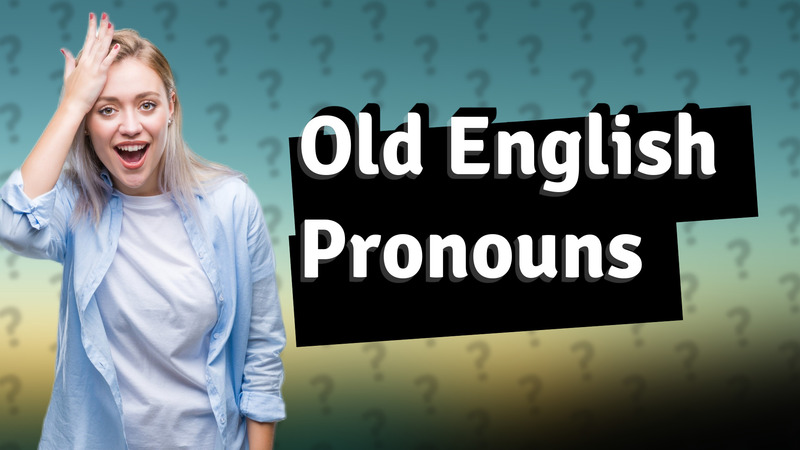
Discover the complex pronoun system of Old English, including singular and plural forms, cases, and their significance in communication.
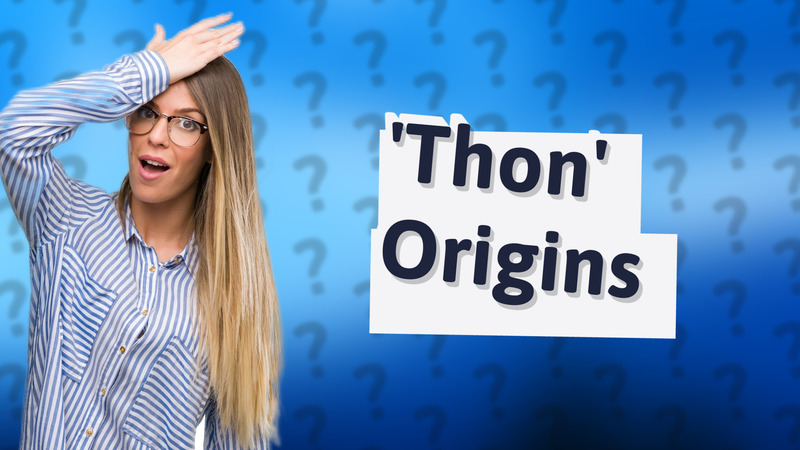
Learn about 'thon,' the oldest neopronoun, its origins, and significance in gender-neutral language.
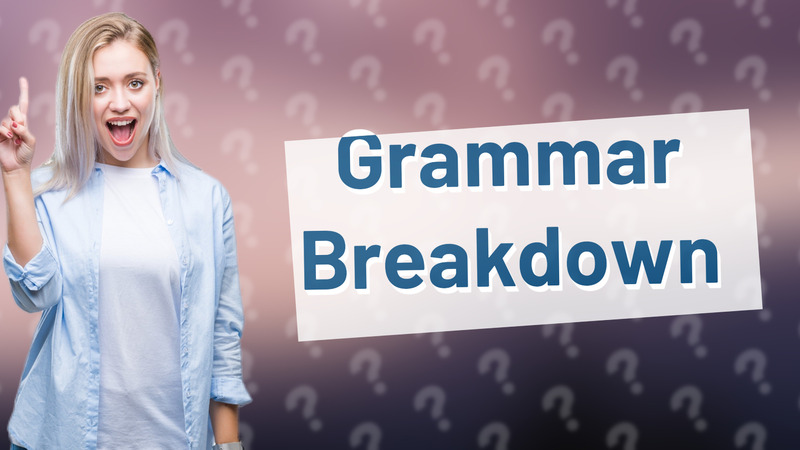
Explore the concept of third person in grammar and its usage in everyday language. Discover who qualifies as a third person.
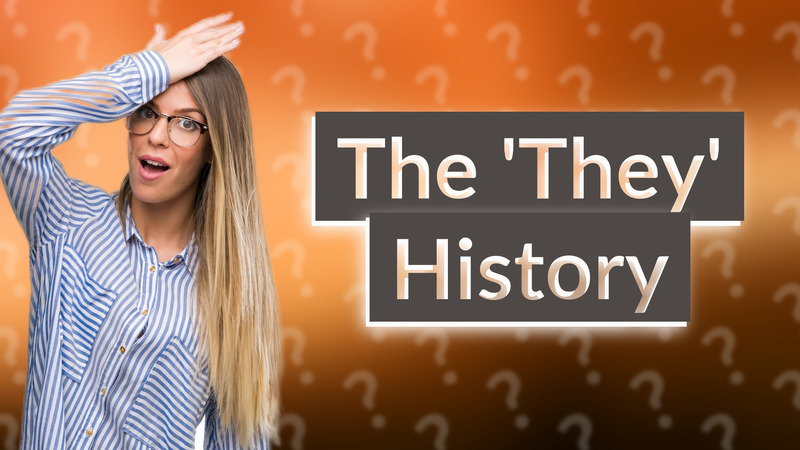
Discover the history of 'they' as a singular pronoun and its significance as a gender-neutral option in modern language.
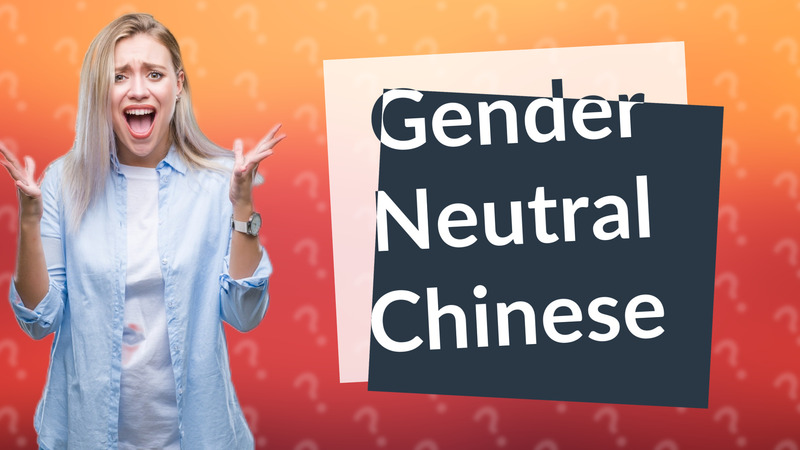
Discover why Chinese is considered one of the least gendered languages, focusing on its unique grammar and structure.

Explore why English lacks traditional gender-neutral pronouns and how 'they' is becoming the solution for inclusivity.
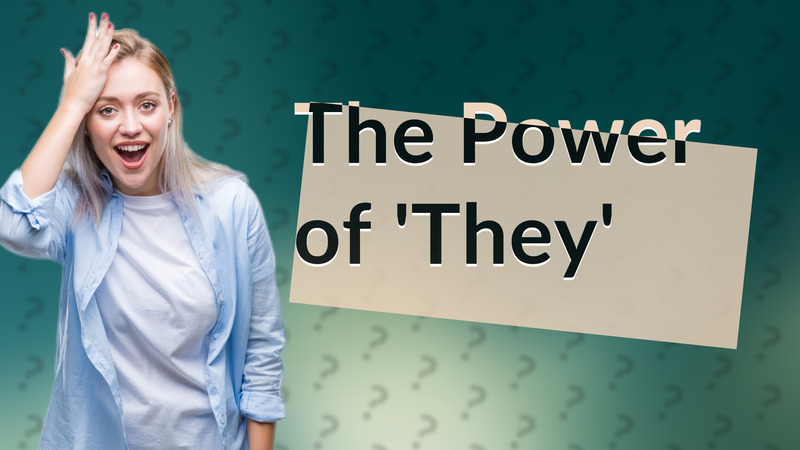
Discover the history and usage of the singular 'they' as the original gender-neutral pronoun in English.
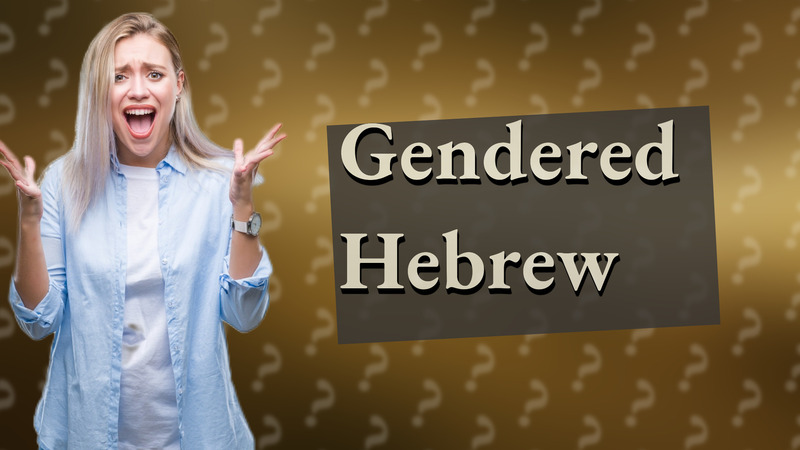
Explore the unique gender rules in Hebrew language and their importance in communication.
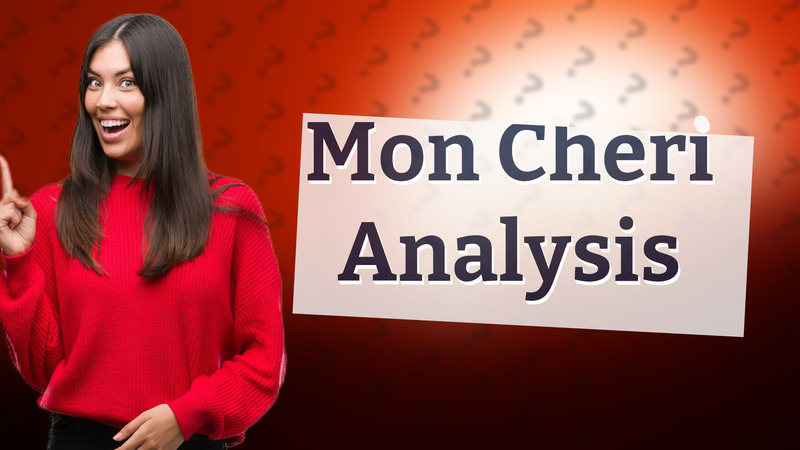
Discover if Mon Cheri is gender-neutral and its meanings in different contexts.
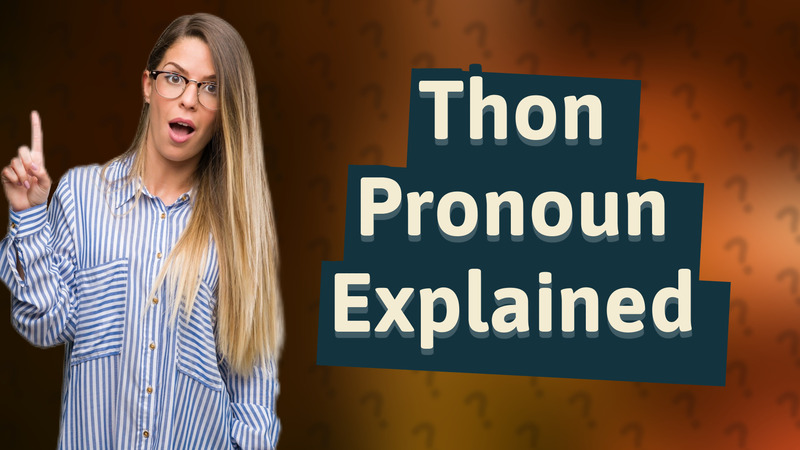
Discover the meaning of 'thon', a gender-neutral pronoun coined in the 19th century as an alternative to 'he' or 'she'.
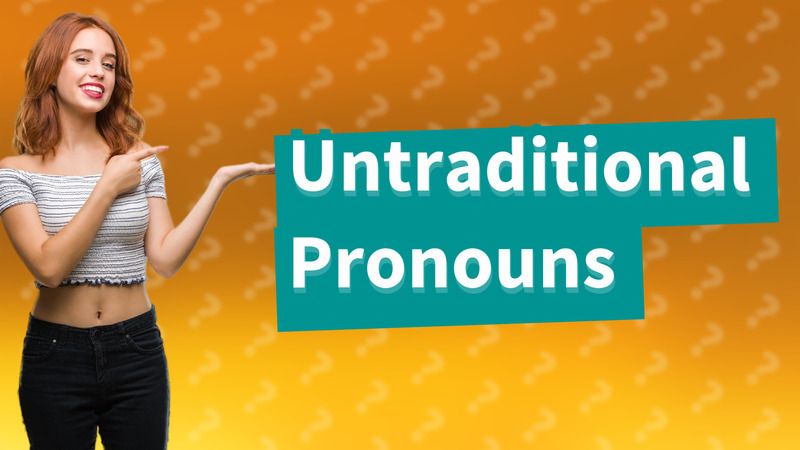
Discover languages like Japanese Sign Language and Ainu that lack traditional pronouns. Explore their grammatical uniqueness.
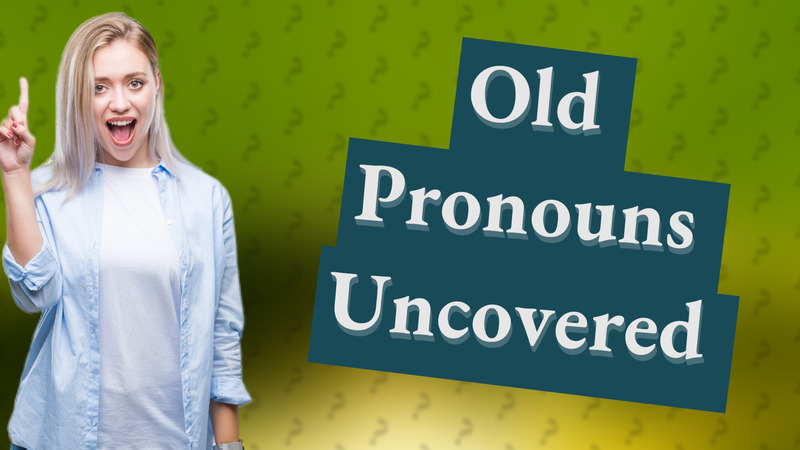
Explore the archaic English pronouns: thou, thee, thy, and thine, and their historical context.
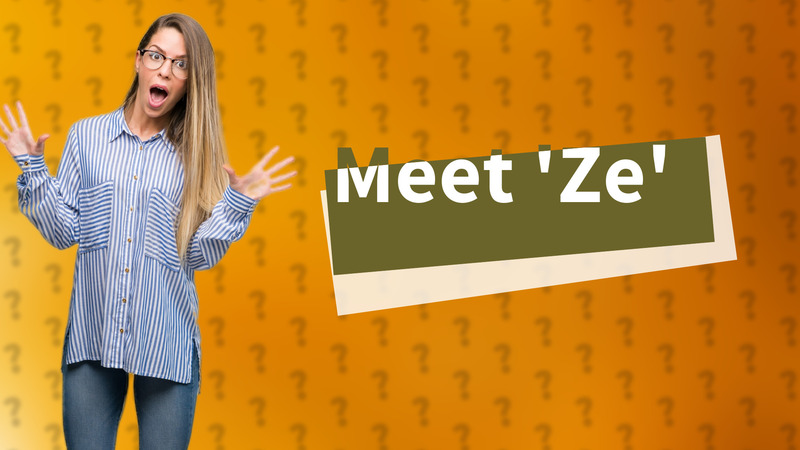
Explore the meaning of 'ze', a new gender-neutral pronoun promoting inclusivity in English.
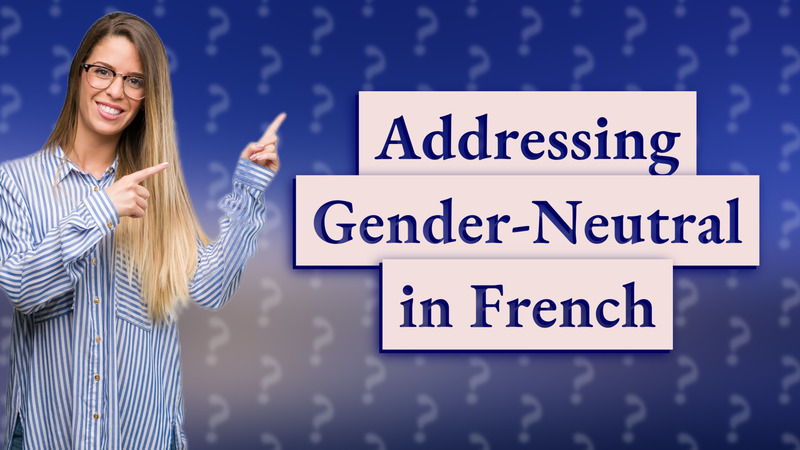
Learn how to respectfully address gender-neutral individuals in French using the pronoun 'iel' and other neutral terms.
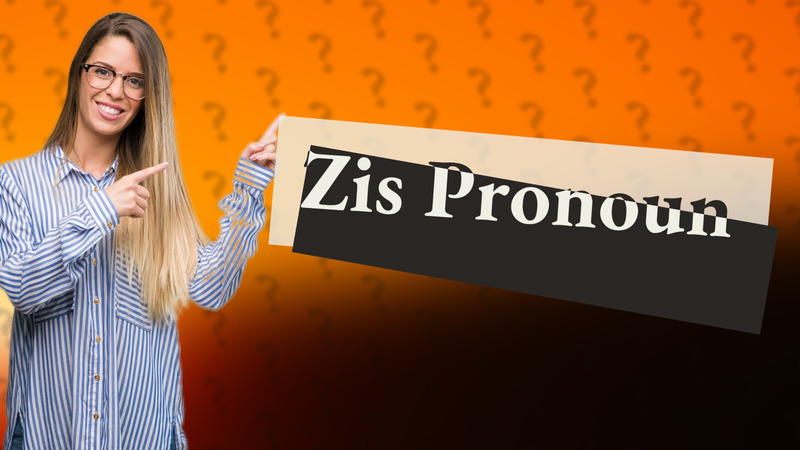
Learn about the gender-neutral pronoun 'Zis' and its significance in affirming individual identities.
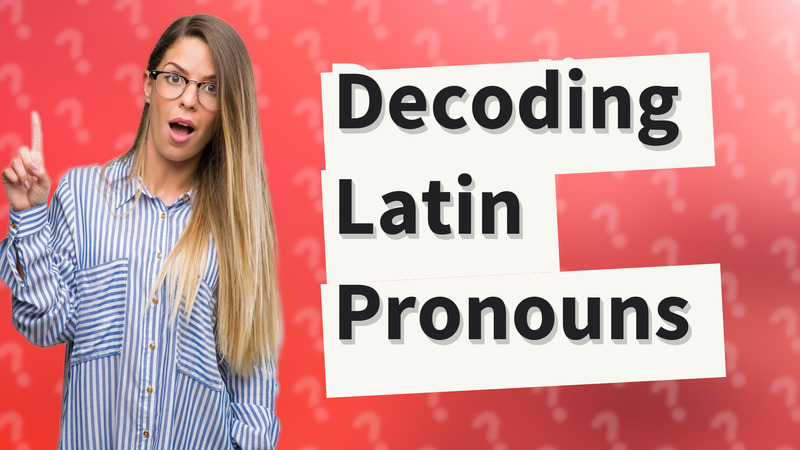
Explore how Latin utilized gendered pronouns that reflected case, number, and gender in nouns.
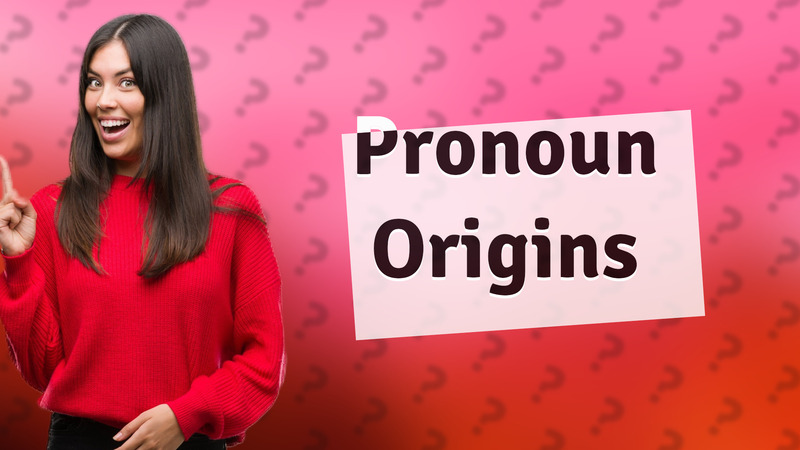
Discover the origins of pronouns and their significance in language development throughout history.
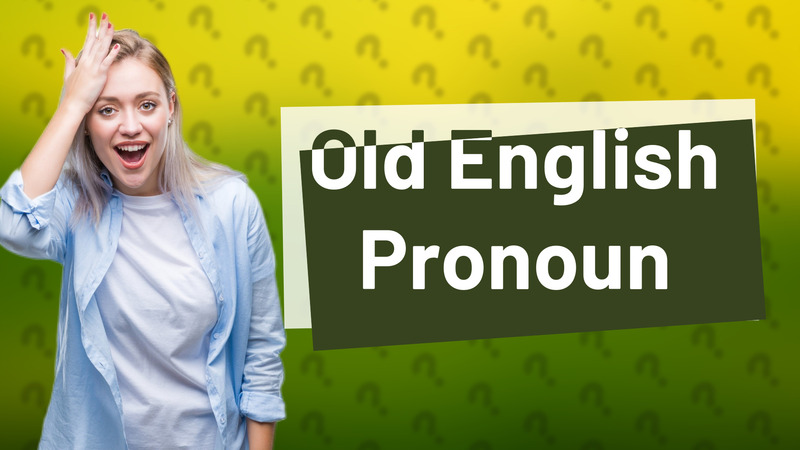
Discover the Old English dual pronoun and its significance in the evolution of the English language.
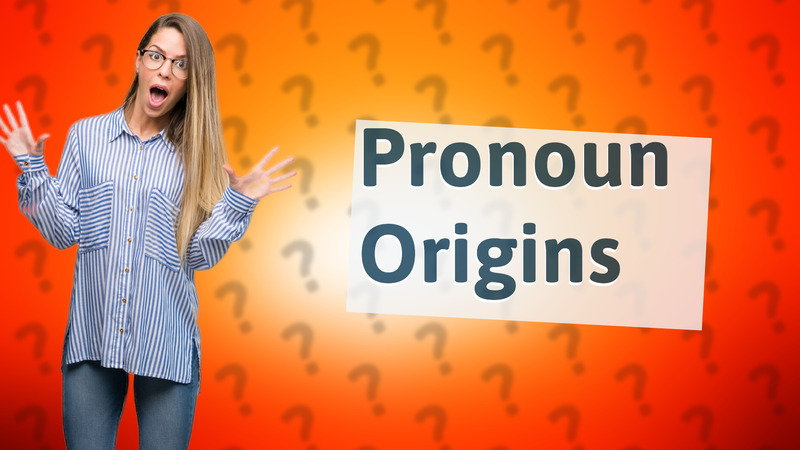
Discover the origins of pronouns and their evolution in language from ancient times.
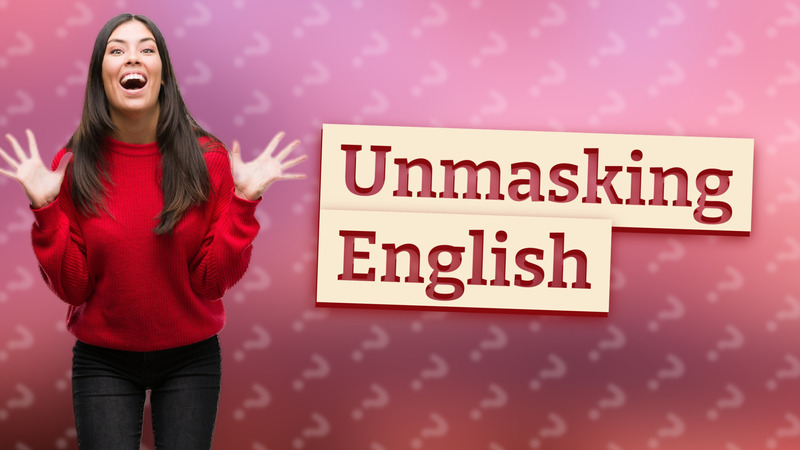
Explore the historical reasons behind the loss of gender in the English language.
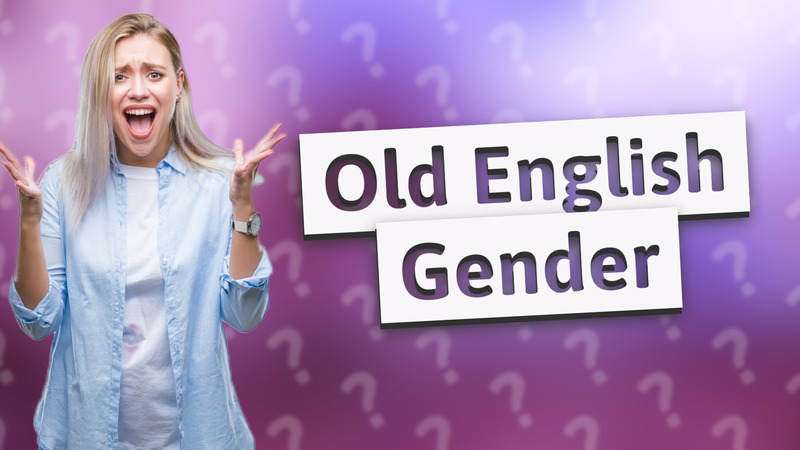
Explore the complexities of gender in Old English grammar, from noun classifications to their influence on adjectives and pronouns.
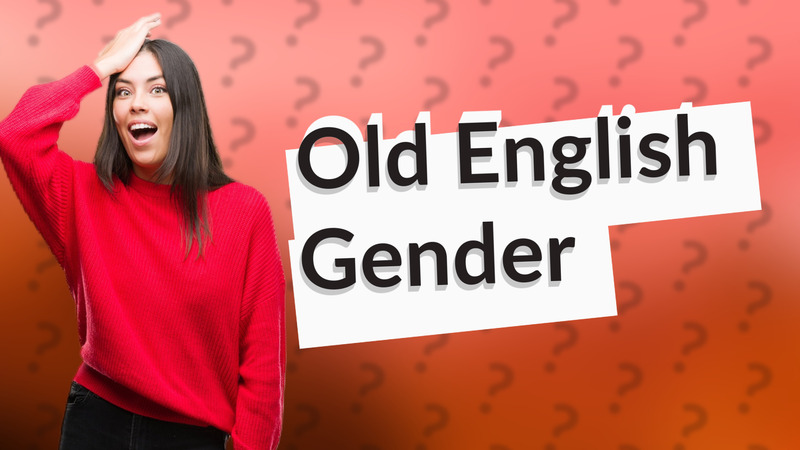
Explore the three grammatical genders in Old English: masculine, feminine, and neuter. Learn their significance in sentence structure.
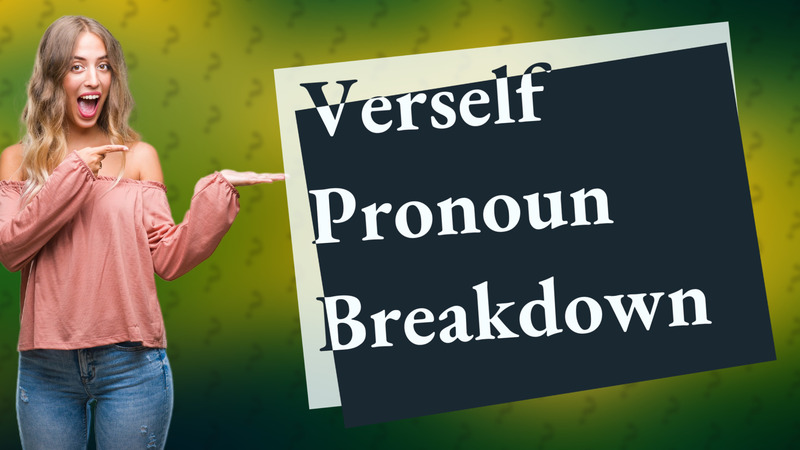
Learn about verself, a gender-neutral pronoun, and its role in promoting inclusive language.
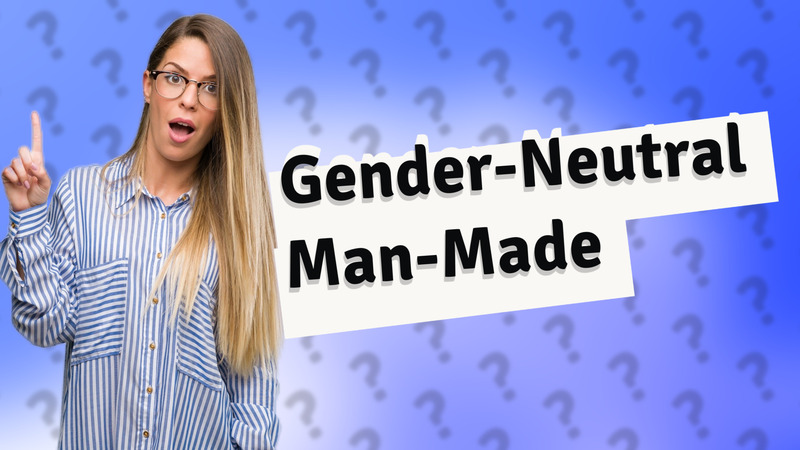
Explore gender-neutral terms for 'man-made' such as 'human-made', 'artificial', and 'synthetic'.
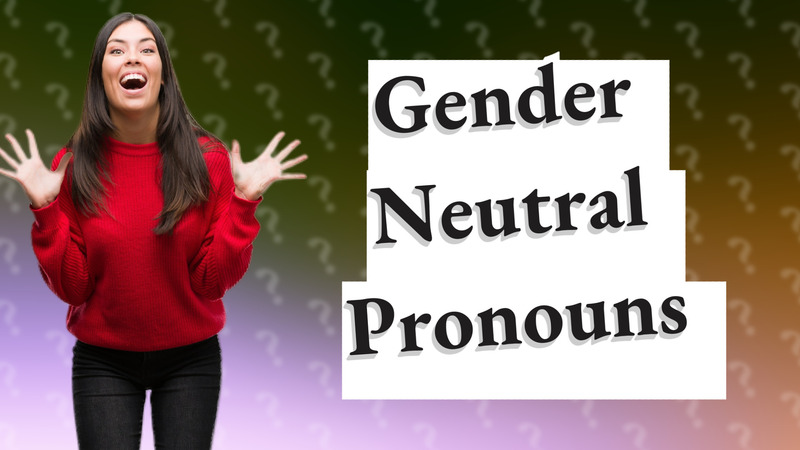
Discover the most accepted gender-neutral pronoun and its significance in language.
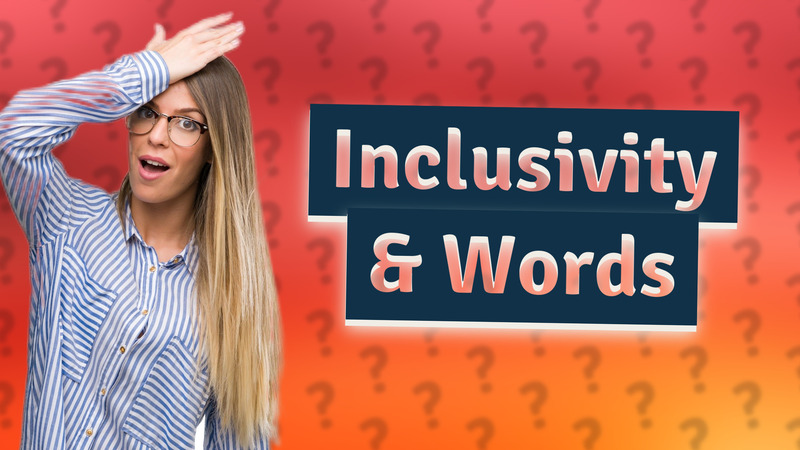
Discover the significance of gender-neutral words that promote inclusivity and respect for all genders.

Explore how English lost its grammatical gender and the impact on the language's evolution.
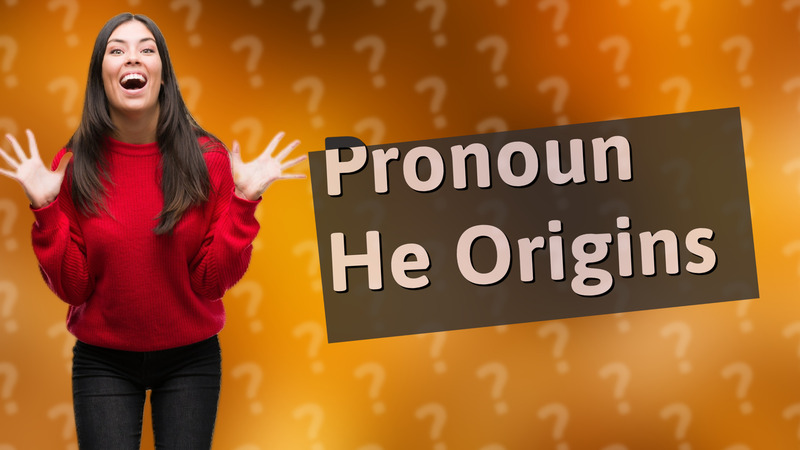
Discover the origins of the pronoun 'he' and its evolution from Old English to modern usage.
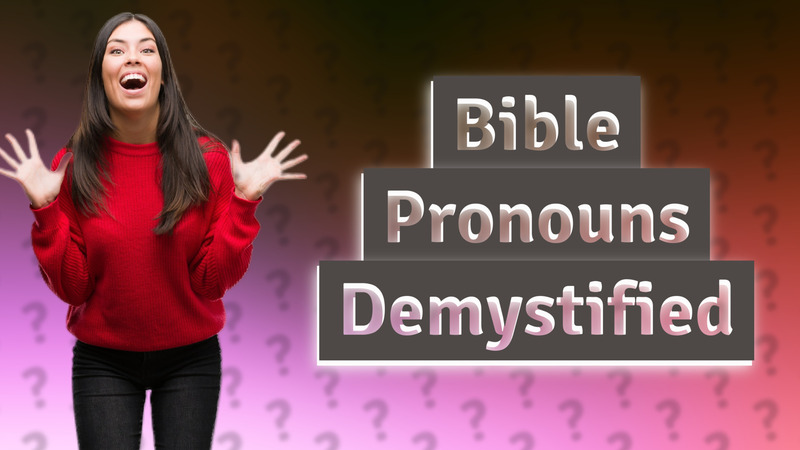
Explore archaic pronouns in the Bible like thee, thou, and thy, enhancing your comprehension of Biblical texts.
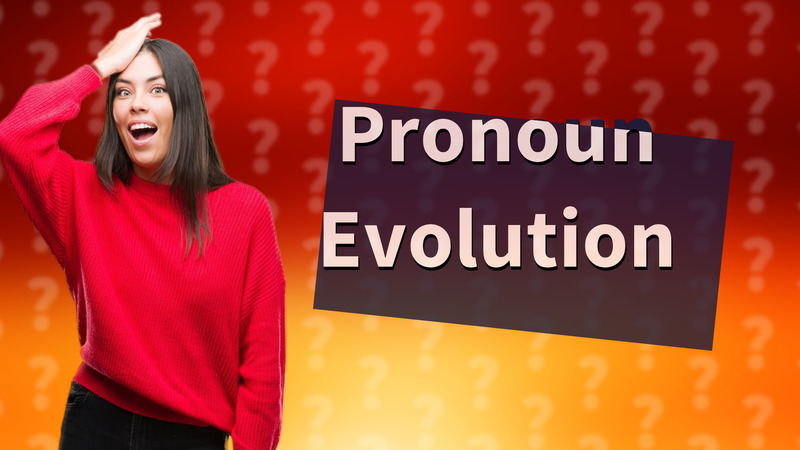
Explore the fascinating history of the singular 'they' and its evolution in the English language since the 14th century.
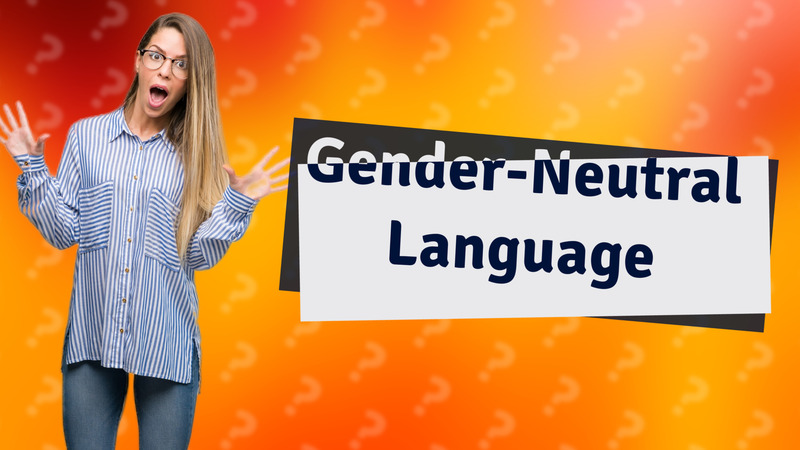
Learn appropriate gender-neutral terms and respectful titles for addressing someone when you don’t know their gender identity.
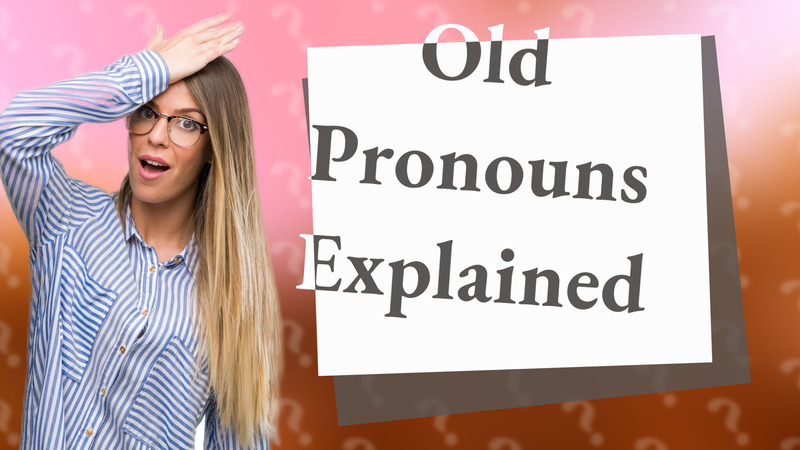
Discover the meaning of old pronouns like 'thou' and 'thee' used in Middle and Early Modern English.
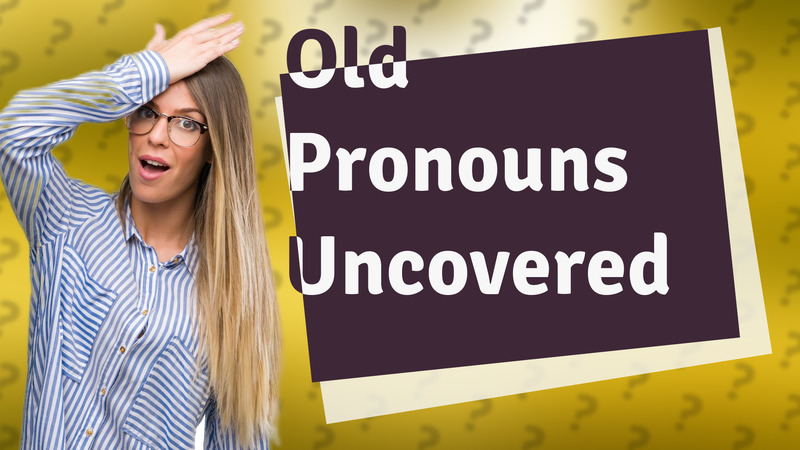
Discover the fascinating world of old personal pronouns in English, including their forms and uses across genders.
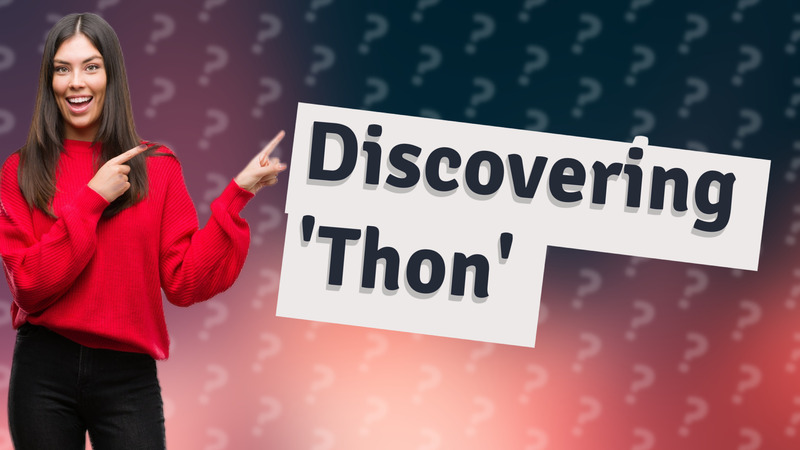
Discover the history and purpose of the thon pronoun, an early attempt at gender-neutral language.

Learn about the first person pronoun 'I' and why it is essential in English grammar.
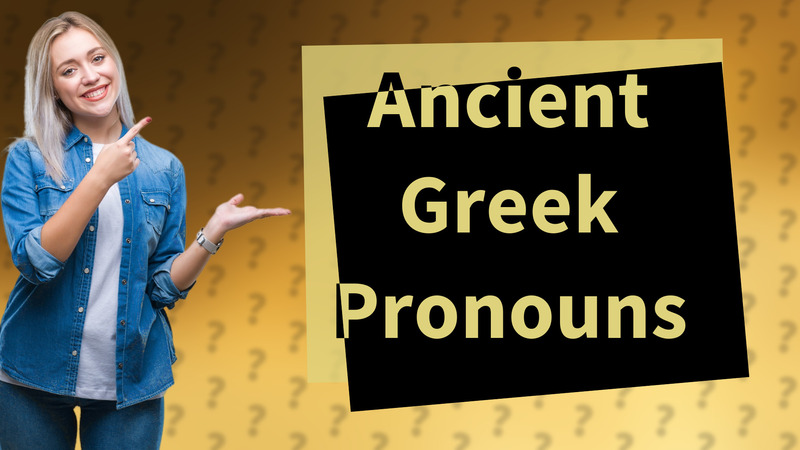
Explore how ancient Greek utilized pronouns in grammar similar to modern languages.
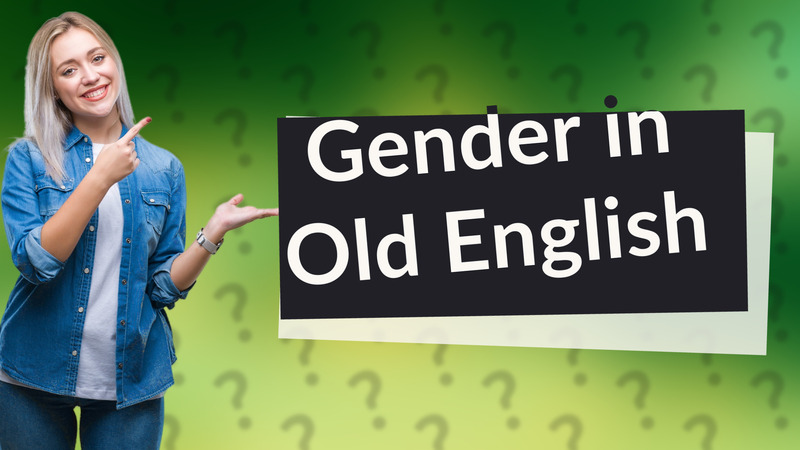
Explore the three genders in Old English personal pronouns: masculine, feminine, and neuter, and their impact on language.
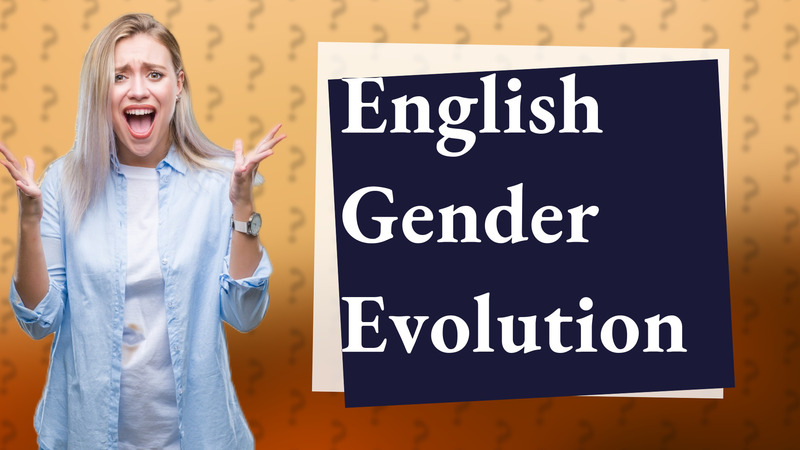
Explore why English dropped grammatical gender, influenced by historical language evolution and cultural changes.
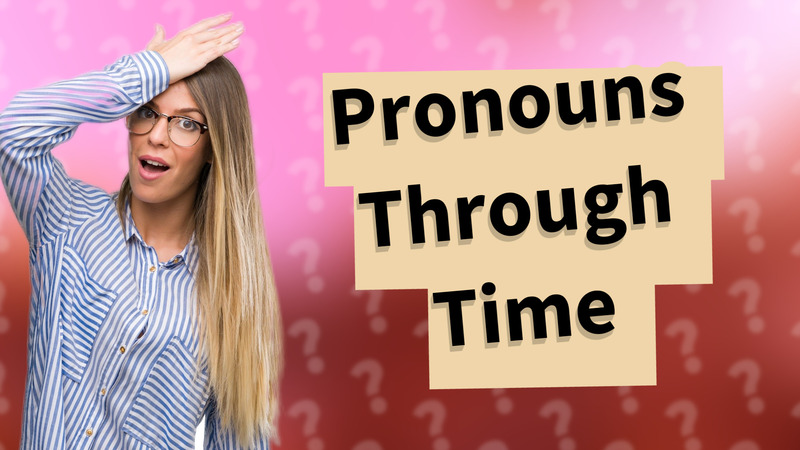
Explore the origins and significance of pronouns in communication.
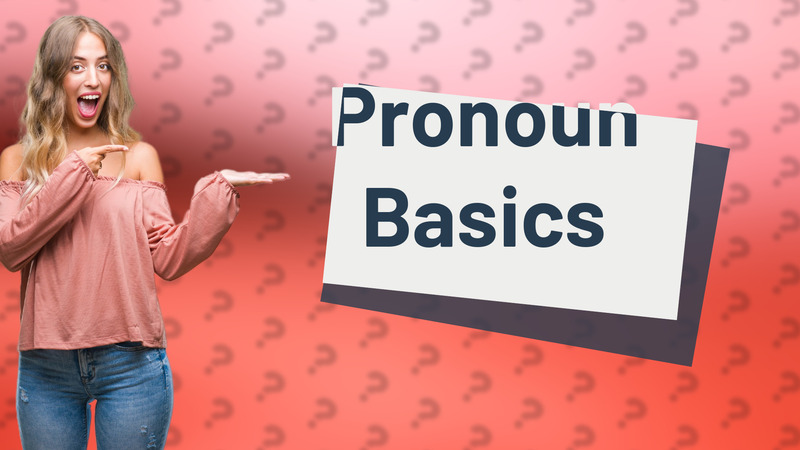
Explore the traditional definition and examples of pronouns for clearer communication.
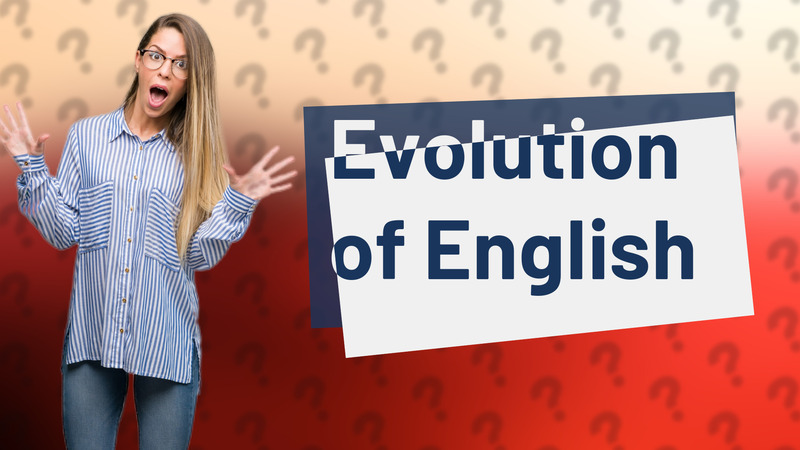
Discover how English evolved from gendered forms to a gender-neutral language. Explore the factors behind this linguistic shift.

Discover the history of the pronoun 'they' and its evolution into an inclusive singular pronoun in modern language.
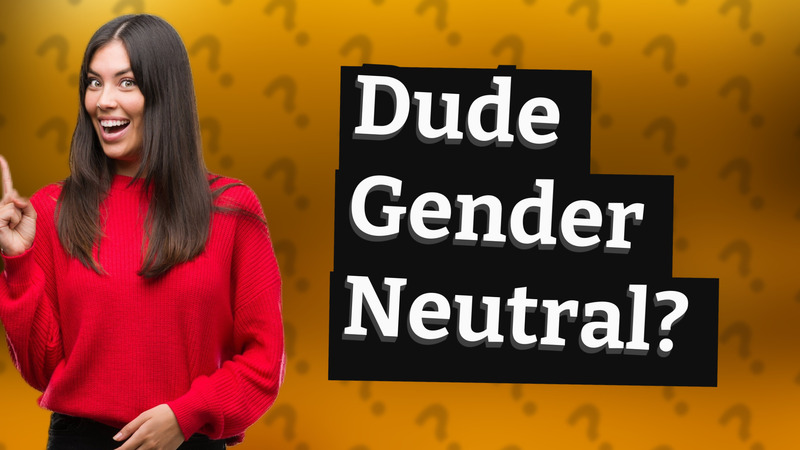
Explore the evolving use of 'dude' as a gender-neutral term in casual language.
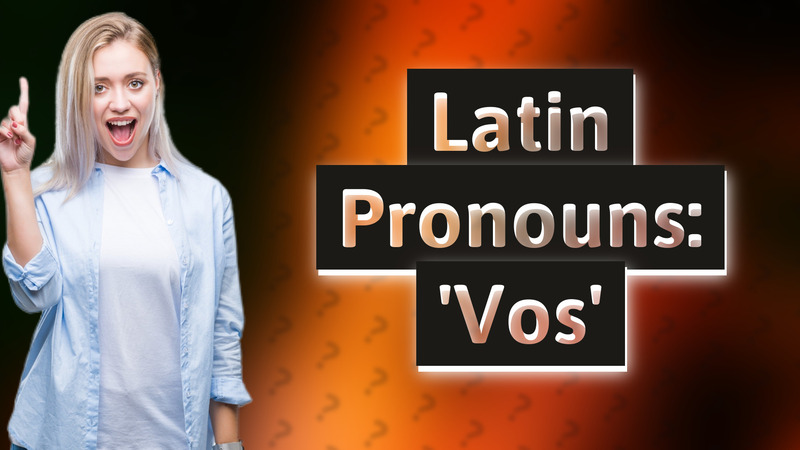
Explore how the 'vos' pronoun is uniquely utilized in Latin America, especially in Argentina and Uruguay.
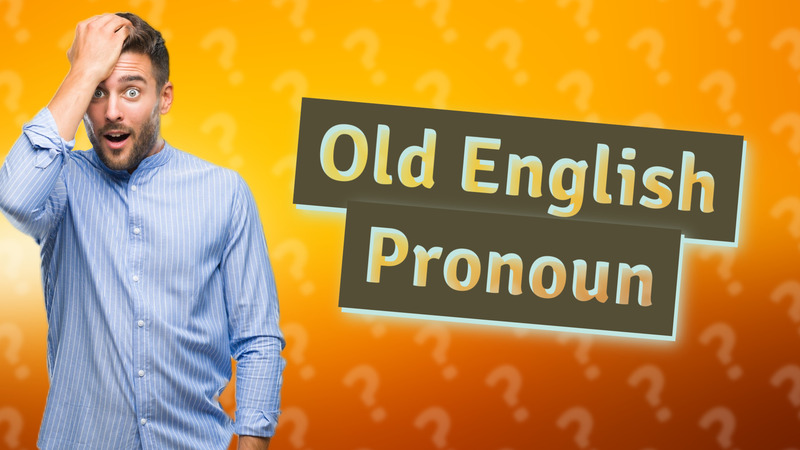
Discover the history and usage of the Old English pronoun 'thou' and its significance in modern language.
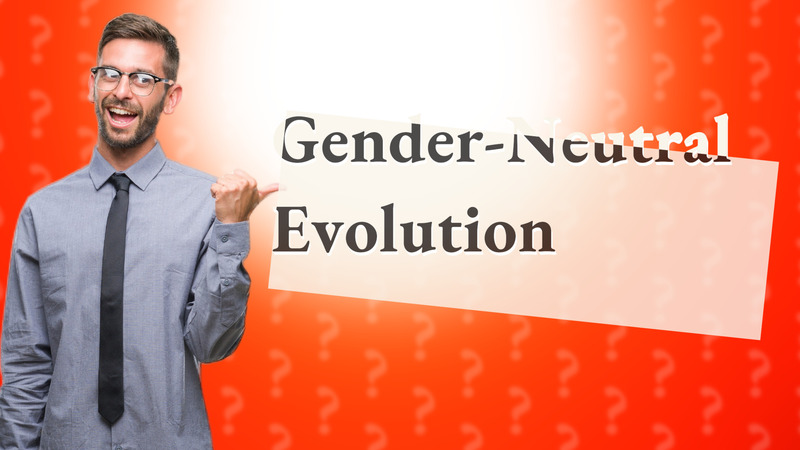
Discover the timeline and key changes that led to gender-neutral language in English, including the use of singular 'they'.
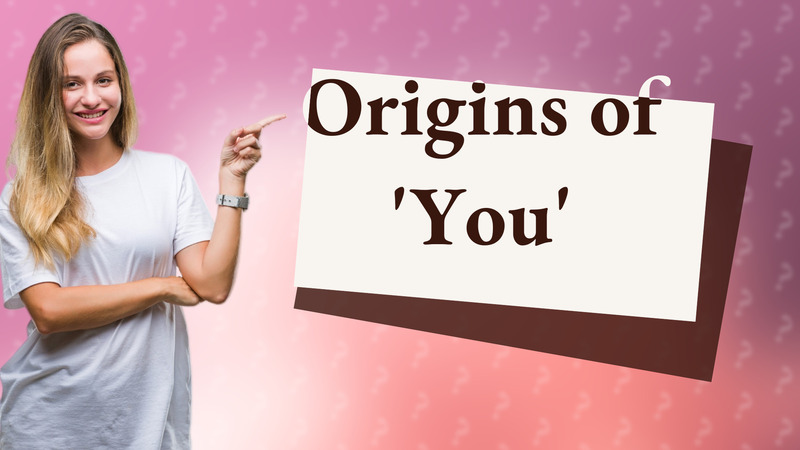
Discover the fascinating origins of the pronoun 'you' from Old English to Modern English.
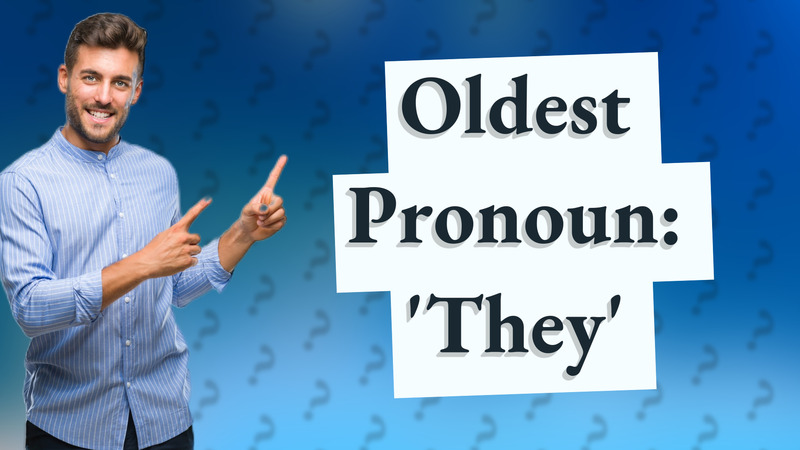
Learn about 'they', the oldest gender-neutral pronoun, used in English since the 14th century for inclusive individual reference.
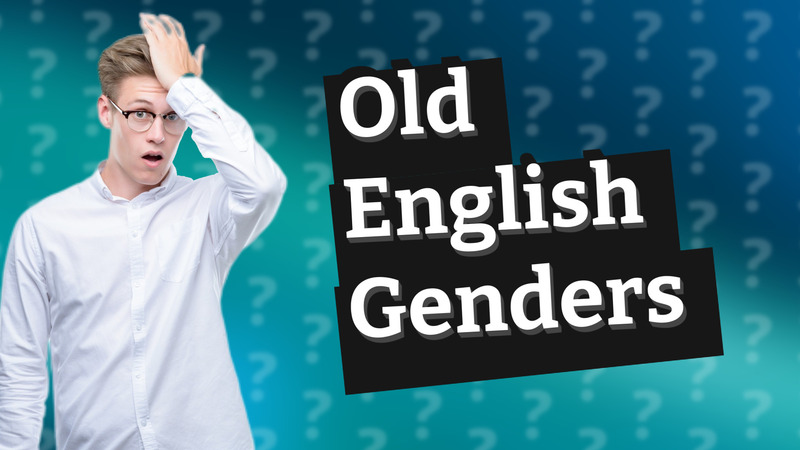
Explore Old English and its grammatical gender system, including masculine and feminine nouns, adjectives, and more.
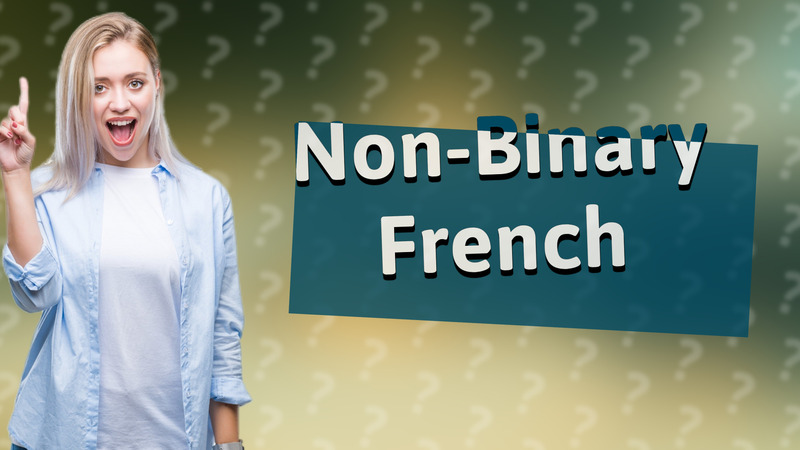
Discover how non-binary people express themselves in French using inclusive language techniques.

Discover old pronouns like thou and thee, their evolution, and their role in English history.

Explore the first-person perspective in English, including its usage and significance in storytelling and personal expression.

Explore the use of 'they' as a gender-neutral pronoun that promotes inclusivity and avoids gender assumptions.

Discover the historical use of 'thou' in Middle and Early Modern English.

Explore why the term 'man' is used and the shift towards inclusive language.

Discover the archaic pronouns like 'thee', 'thou', and 'thy' from Old English literature.

Explore the traditional categories of classical pronouns such as he, she, and they in this informative video.

Discover the singular and plural Old English pronouns and their evolution in the English language.

Explore how the pronoun 'they' evolved from gender-specific forms in Old English to a modern gender-neutral usage.

Explore why English evolved to drop gender distinctions, influenced by historical language changes and simplification.

Explore how Filipino language differs from others with its gender-neutral terms and what this means for communication.